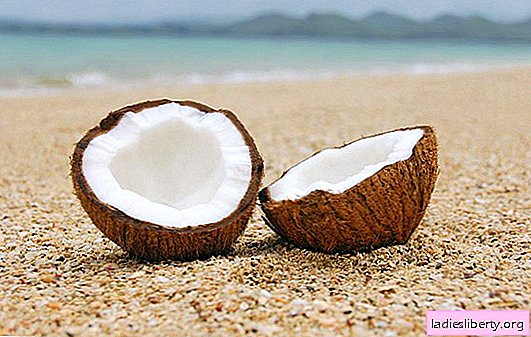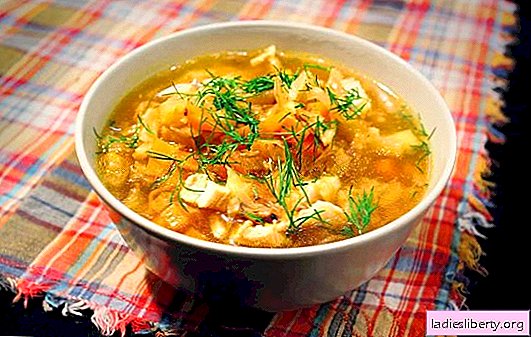
As soon as you have already studied all the popular trends in the field of health and proper nutrition, some new concept immediately appears, which is still a curiosity to you. You are probably familiar with probiotics and are now trying to consume proper and healthy intestinal foods or taking supplements with healthy intestinal bacteria. However, a relatively new product with an almost identical name may confuse you. And these are prebiotics with a difference in name exactly one letter. Now get ready for another novelty! Already talk about postbiotics. Let's try to figure it all out.
Probiotics
To get started, let’s take a look at how probiotics work. In the intestine (mainly in the colon) there is a large population of bacteria - more than one hundred trillion. This incredible crowd of tiny creatures affects your well-being and health, as a colony of "good" bacteria helps digestion, and "bad" bacteria cause it to break down. The microbiome (the designation of all bacteria living in you) has become the center of attention of scientists, since the "good" microbes living in the intestine, in their opinion, lead to a decrease in the risk of a mass of the most common ailments of our time. It is understandable why the use of probiotics has become so popular. They are found in foods such as kefir, sauerkraut, and are also available in tablet form.
Prebiotics
So now we know how probiotics work, but we can also support them. For probiotics to function more efficiently, they need to provide a comfortable environment. Let them feel as comfortable as possible in your intestines! And for this, prebiotics are just designed. In other words, they are nutrition for beneficial probiotics: that is why they need prebiotic fiber. This fiber is tough enough and hardy to travel the entire digestive tract and get to the large intestine, where probiotics actually live. Cereals, vegetables (root vegetables) and fruits - this is prebiotic fiber. Some of the best are bananas, asparagus, garlic, leafy greens, soy.
Meet Postbiotics
Postbiotics are exactly what remains after the entire digestion process. Since bacteria "digest" fiber in your digestive tract, this activity leads to the formation of metabolic compounds. In the past, scientists regarded postbiotics as nothing more than by-products, but now their interest in digestive waste for the treatment and prevention of intestinal inflammation and irritation has increased markedly. The study of postbiotics is still at an early stage, so in the near future do not wait for their appearance on the shelves along with pro and prebiotics. Nevertheless, in our world almost everything is really possible to compress and put into one pill, therefore, with high probability it is possible to predict that in the future, postbiotic tablets will fill the markets.
What to choose?
Probiotics or prebiotics? Since “good” bacteria are good for us, probiotics can be considered the right choice. But here, scientists continue to argue about the usefulness of probiotic supplements. On the one hand, the consumption of probiotics is extremely useful, say, after taking a course of antibiotics in order to restore the intestinal flora and return it to a "normal" state. However, probiotic supplements have so far proven their advantages only in the case of neglected and severe conditions. In other cases, it makes no sense to lean on them.
It is better to pay attention to foods rich in probiotics, where there are many other useful compounds: these are calcium and protein in fermented milk products, as well as vitamin C in crispy sauerkraut. Speaking of prebiotics, it is recommended that they also be taken not in the form of tablets, but as natural food. However, if your diet does not include a lot of fruits, vegetables, or whole grains, then it may be worthwhile to consider prebiotic supplements.











